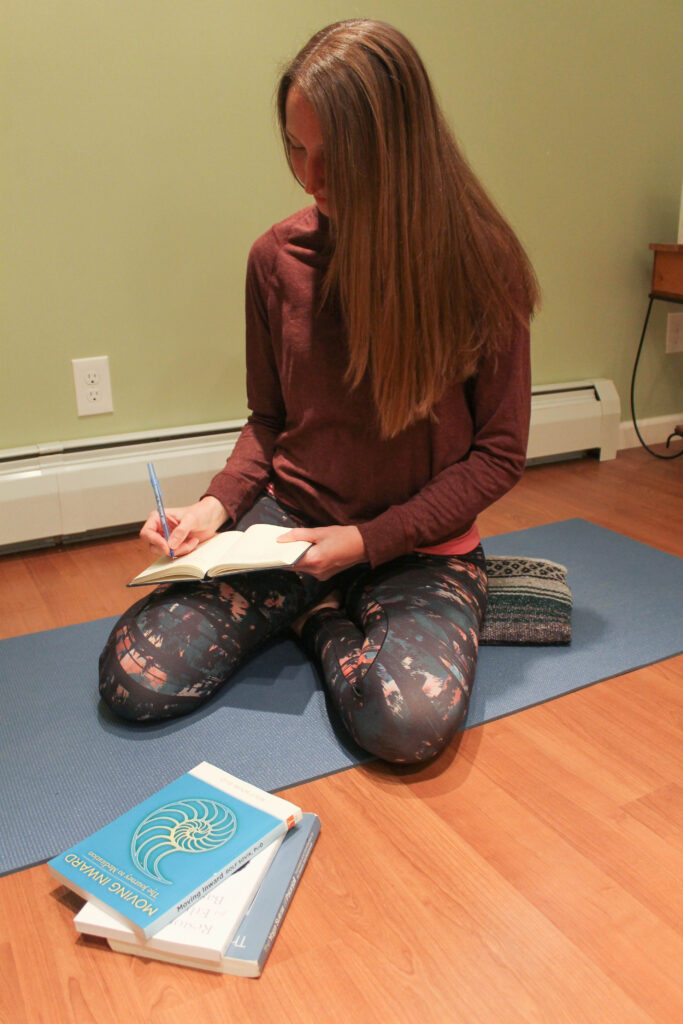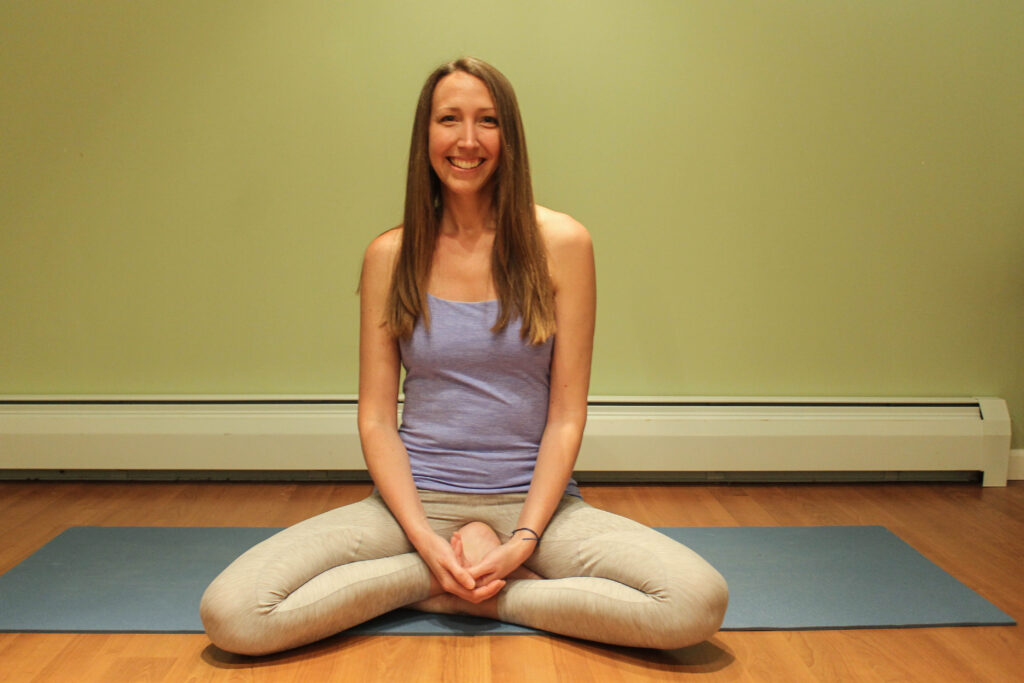Many people come to yoga seeking change.
- A new relationship to the body
- A re-frame of the content of the mind
- A more conscious way of living
- An enlivened connection to the subtle/spirit
Take a moment to reflect on a time that you invested in creating a new habit for yourself or removed something unhelpful from your daily routine.
Who or what did you call upon to help see that change through?
Did it stick the first time or was it more of an iterative process?
A few common elements are usually present in these exercises: discipline, resistance, recommitting to your intention with faith and enthusiasm, and getting clear about what you can and can not control in the process. We’ll explore some of these elements through the lens of the Yoga Sutra over the next few posts, beginning with tapas.
Tapas is the third niyama, the first element of Kriya Yoga, and a critical component in fostering change.
Something I’ve come to appreciate in the translations and commentaries on the Yoga Sutra is that they normalize a process orientation to practice and state it plainly that obstacles and discomfort will be encountered on the path. I find this a refreshing contrast to marketing centered around expedient easy fixes. The sutras on kriya yoga acknowledge “Hey, this is gonna require a balance of effort and surrender over time. You’ll likely bump into your own resistance and if you don’t look at your samskaras, they’ll become your saboteurs.”
Let’s see how a few different sources describe tapas:
- We find this definition: “That which generates heat.” “Spiritual discipline, austerity, practices for taming the mind and senses.” in Tantra Unveiled by Pandit Rajmani Tigunait.
- The Living Gita describes tapas as “physical, verbal and mental austerities to become clear and steady”.
- In the glossary of her book Radiant Rest, Tracee Stanley defines tapas as, “Heat produced by the friction of practice that has the power to transform.”. She comments: (169)
“The heat of tapas arises from the friction caused by our practice going against the grain of our habits and preferences. Imagine that the very resistance we have toward staying consistent, committed, and awake in practice can help us to activate creativity, clarity, and inner radiance.”
Each of these descriptions implies a desire to move from one point to another. Maybe you’re in pain, lacking a sense of fulfillment, struggling to sleep through the night, feeling separate from yourself in your relationship to others. When this acknowledgment occurs, tapas is necessary for moving in a new direction, toward an experience characterized by the clarity, steadiness and radiance referenced in the definitions above. A certain amount of effort, consistency, and patience must be applied to counter the pull of samskaras (deeply ingrained habits) that keep us spinning our wheels and repeating unhelpful patterns.
I’m going to speak specifically to developing the habit of a regular meditation practice as I have seen this again and again be a catalyst for the other transformations people are seeking. My inclination is always to simplify. Otherwise complexity and perfectionism can become distractions and excuses. Pick one place to start. It could be getting to bed or waking at a certain time. It could be rising to sit on the edge of your bed and taking ten conscious breaths before you do anything else in the morning. Once you have decided on the action, state your resolve in the present tense.
Here’s an example: A nourishing evening routine allows me to fall asleep with ease. I wake with time and energy to meditate before work each day.

If you become conscious of resistance to acting on the resolve you have stated for yourself, Yoga Sutra 2.33 offers some help. “When disturbed by negative thoughts, opposite thoughts should be cultivated.”. Here’s an anecdote from my own experience earlier this year:
In Swami Satchtidananda’s commentary on Yoga Sutra 2.33, there is an invitation to consider the after-effect of a thought. I have found this so useful over time as a motivator to take the action that is helpful. For example, today I am lethargic and warm and cozy in my bed. It seems it would be pleasant to stay put. But staying in bed today does not facilitate restfulness or recovery as it sometimes does. Staying in bed today increases sluggishness and unhelpful thought patterns. So, I consider the after-effect of the opposite action: Getting up-going outside-breathing in the beauty and the stillness of a fresh snowfall-moving my body-feeling the cold air. Today, this is revitalizing. So, today the offering is to explore the after-effect of a thought before it becomes an action and to discern between what is good and what is pleasant (a teaching from the Katha Upanishad).
If it turns out some of your resistance is to discipline itself, it can be helpful to think of tapas not as something that is externally imposed but as an agreement you enter into with yourself. In this way, tapas becomes self leadership, a passionate commitment to being responsible for your attitude and efforts.
Below you can click to practice Pranic Absorption Kriya. This pranayama and visualization practice will help you feel revitalized. This kind of practice (and so many of yoga techniques) can have lasting benefit when utilized consistently over time. Let me know if you choose this kriya as a part of your tapas practice.
Citation:
Tigunait, P. Rajmani. (2007). Tantra Unveiled. Himalayan Institute Press.
Satchidananda. (1988). The Living Gita: The Complete Bhagavad Gita. Integral Yoga Publication.
Stanley, Tracee. (2021). Radiant Rest: Yoga Nidra for Deep Relaxation. Shambhala.

Meghan Hogan, E-RYT 500, CCC-SLP is Lead Faculty for the Yoga Vidya Teacher Training and In-Depth Studies program, a Speech-Language Pathologist supporting preschool children with disabilities and their families, a wife and mother.
Her mission in sharing yoga is to provide caregivers of all walks of life tools for self-care and stress management.

